OPINIONS
OPINIONS
Andys Loizou*
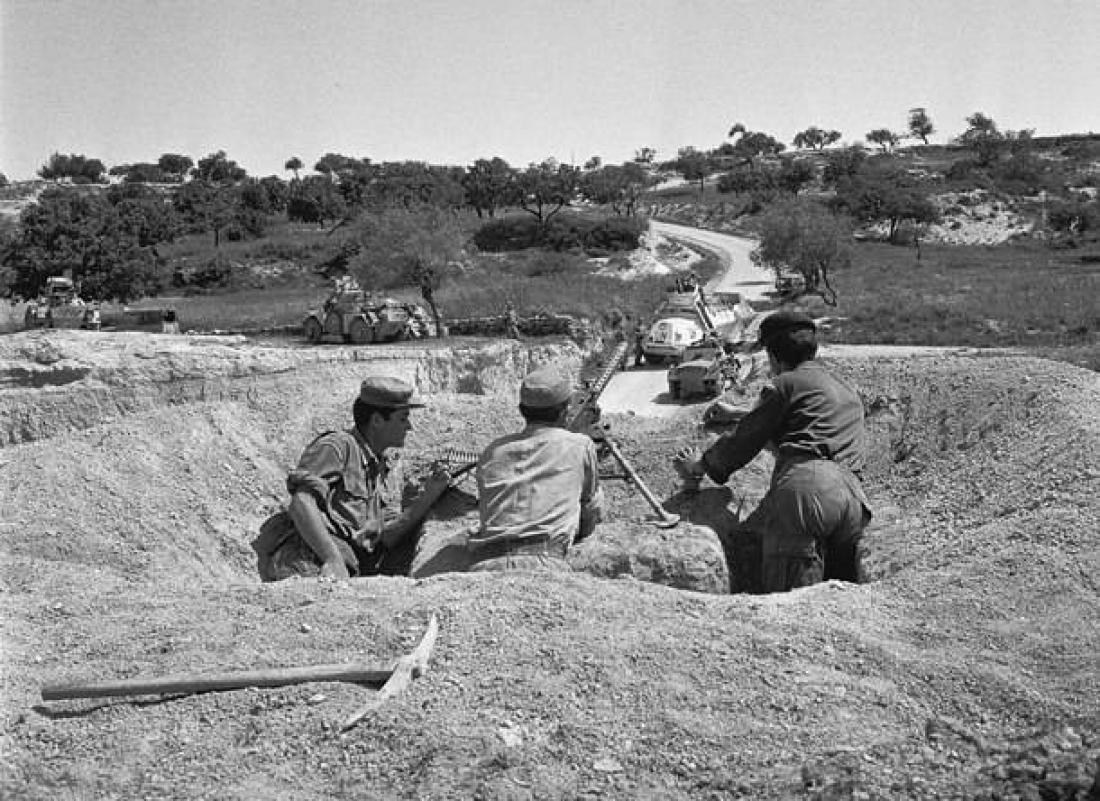
The purpose of this article is to pay tribute to the heroic dead of the Turkish invasion, the missing persons and the warriors (officers and conscripts) as well as to emphasize the importance of the leadership of each level of command in the Armed Forces during Phase II of the Turkish Invasion.
It is publicly known that the disorganization of the National Guard (NG) and the absolutely wrong, if not traitorous, way that the then leadership of the NG responded to the Turkish aggression on July 20, 1974, resulted in allowing Turkey to disembark on the shores of Kyrenia, causing a large number of innocent victims and occupy much of the Cypriot territory violating the agreed ceasefire.
On August 8, 1974, Major General Efthimios Karagiannis took over the leadership of NG and prepared operational plans after having assessed the situation on the ground. The defence and security of the capital was taken over by the then Colonel George Azinas on the night of August 14. Azinas directed the operations closely, having a full awareness of the tactical operations.
The goal of the Turkish invaders was to occupy the capital of the Republic of Cyprus in order to achieve a magnificent victory and drag the Government into surrender. But they failed owing to the heroism and self-sacrifice of the defenders of the Capital.
Also read: Turkish Policy in a few words (Maps)
The defenders of the line from Gerolakko to Aglantzia kept the Turks away from the free area of Nicosia, causing them very large casualties both in people and equipment, especially in the area of the ELDYK camp, the hills of the Grigoriou School and north of the Kolokasidi roundabout. The Greek-Cypriot forces consisted of three ELDYK companies under the command of Colonel (Col) Stavroulopoulou Panagiotis, which were placed under command of the 3rd Supreme Tactical Command (STC) from August 11. Also, the 212 Infantry Battalion, under the command of Major Achillidi Constantinos with Captains A. Pasiardis, C. Chatzidamianou and Lieutenant (Lt) K. Michopoulos and the troops of Lieutenant Polyzou (under the Command at 212 Infantry Battalion since August 15, 1974).
With this report, I do by no means want to downgrade the contribution of the 211 Infantry Battalion Unit under the Command of Lieutenant Colonel (Lt Col) Lianantonakis Emmanouil, 336 Infantry Battalion under the Command of Major Aleuromachirou Dimitrios, Captain’s Ligoudistianou Company near Ledra Pallas and 391 Infantry Battalion (under the command of the III STC on August 15 in the area north of the roundabout of Nicosia-Famagusta Street). In addition, I mention the contribution of T-34 tanks platoon west of the Gregoriou School as well as the 187 Artillery Battalion under the Command of Lt Col Tarantilis Panagiotis who supported the area ELDYK – KOLOKASIDI with fire. Also, I mention the 184 Artillery Battalion under the command of Sevaslidi Konstantinou which inflicted heavy casualties to the enemy.
It is worth noting the entry into battle of the Battle Group commanded by Lt Col Katerinaki (386 – 396 Infantry Battalions) in the afternoon of August 16. The 386 Infantry Battalion commanded by Major Konstantinos Panagopoulos entered the battle as support and then replaced the 212 Infantry Battalion (that was engaged continuously). It would be an omission not to mention the contribution of the Heavy Mortars Company units and the Anti-tank Team of the 1st Commando Unit commanded by Lt Nikos Koimtzoglou who came under the command of the 212 Infantry Battalion. It is worth noting that reference is also made to the book PHASE LINE ATTILA (published by the US Marine Corps University Press in 2020) regarding the battle of Nicosia, the strong defence of 212 Infantry Battalion as well as the fight made by the Anti-Tank Platoon of the 1st Commando Unit.
The Turkish casualties were very large despite the fierce and continuous attacks with tanks followed by infantry of TOURDYK and two other Infantry Battalions. These were supported with artillery fire and heavy mortar rounds. In short, these heroes saved Nicosia.
Highly remarkable, after the bravery and self-sacrifice of the heroic fighters, was the Command at all levels from the Team level to the III Supreme Tactical Command. All the Commanders were close to the Units they commanded, were fully aware of the tactical situation and commanded their divisions in a way that caused casualties to the enemy and prevented the latter from achieving its Objective.
Direct communication between the various Commands during the operations and, of course, the knowledge of the battlefield as well as the monitoring of the development of the operations are of primary importance. Unfortunately, we had the opposite case in the first phase of the Turkish invasion.
*Colonel (Ret)
Also read:
The obscure files of an anniversary or David vs Goliath: The Serbian Air Force against the 1999 NATO ‘Allied Force’ Operation
The 1999 NATO intervention in the Federal Republic of Yugoslavia (FRY) marked a significant turning point in post-Cold War military operations…
A reluctant alliance? A different approach to French – Serbian defence relations
It has only been a few months since Croatia started receiving the first of the Rafale fighter jets it ordered from France.
The role of SERIOUS GAMES in the development of skills on Defense Standards
In an increasingly complex world, one vital factor for any successful organization is continuous capability building.
IVECO DEFENCE VEHICLES – METLEN | Strategic Alliance for the Hellenic Army’s Military Truck Fleet Modernisation
METLEN and Iveco Defence Vehicles (IDV) have signed a Memorandum of Understanding (MoU), establishing an exclusive collaboration…
Prisma Electronics | Delivery of the First Systems for the FDI Frigates
Prisma Electronics has successfully delivered the first systems for the FDI frigates, having passed all rigorous acceptance…
Massive Ancient Greek Defensive Wall Unearthed in Croatia
An ancient Greek defensive wall, dating back at least 2,000 years, has been uncovered near the Adriatic coast of Croatia, the…
Airbus | Demonstration of LOAD Against Kamikaze Drones
At the “Unmanned Systems X” trade show held in Bonn, Germany, on 25-26 March, Airbus introduced its new unmanned air defence system, LOAD.
Program THORAX | The New Operational AI-Driven System for National Defence and Security
The Ministry of National Defence and the Ministry of Development and Investments have signed a contract for the THORAX programme with the project contractors…
Leonardo | PRS Receiver Achieves First Certification for Defence and Emergencies Throughout Europe
eonardo has designed, developed, and built the only receiver specifically conceived for the ultra-secure Public Regulated Service (PRS)…






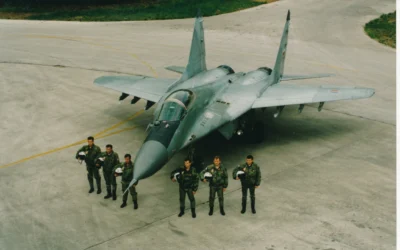
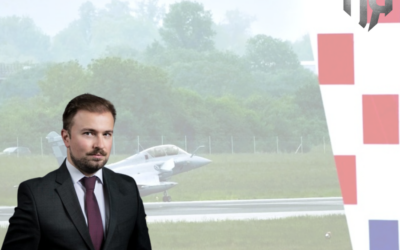



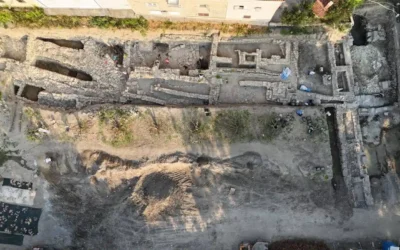
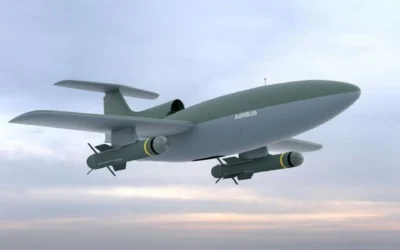



0 Comments